It’s exciting to be a new dog owner, but without your dog receiving the right care in their first year with you, things can take a turn for the worse. Because of this, we’ve compiled the most common mistakes people make with their dogs that you should learn to avoid.
Choosing the Wrong Breed

The first mistake people make is ignoring temperament, energy level, and care requirements by selecting a breed based on appearance rather than compatibility. For instance, Siberian huskies are beautiful dogs, but they’re poor choices for first-time dog owners. In the same vein, there are specific dogs that aren’t suitable for older adults, children, and multi-pet households.
Skipping Puppy Socialization

In the early months of its life, a dog is meant to be exposed to various humans, animals, and environments. Unfortunately, many people miss out on this important stage of socialization. They end up with dogs that are fearful, anxious, or dangerously aggressive around strangers or in unfamiliar environments.
Neglecting Dental Care
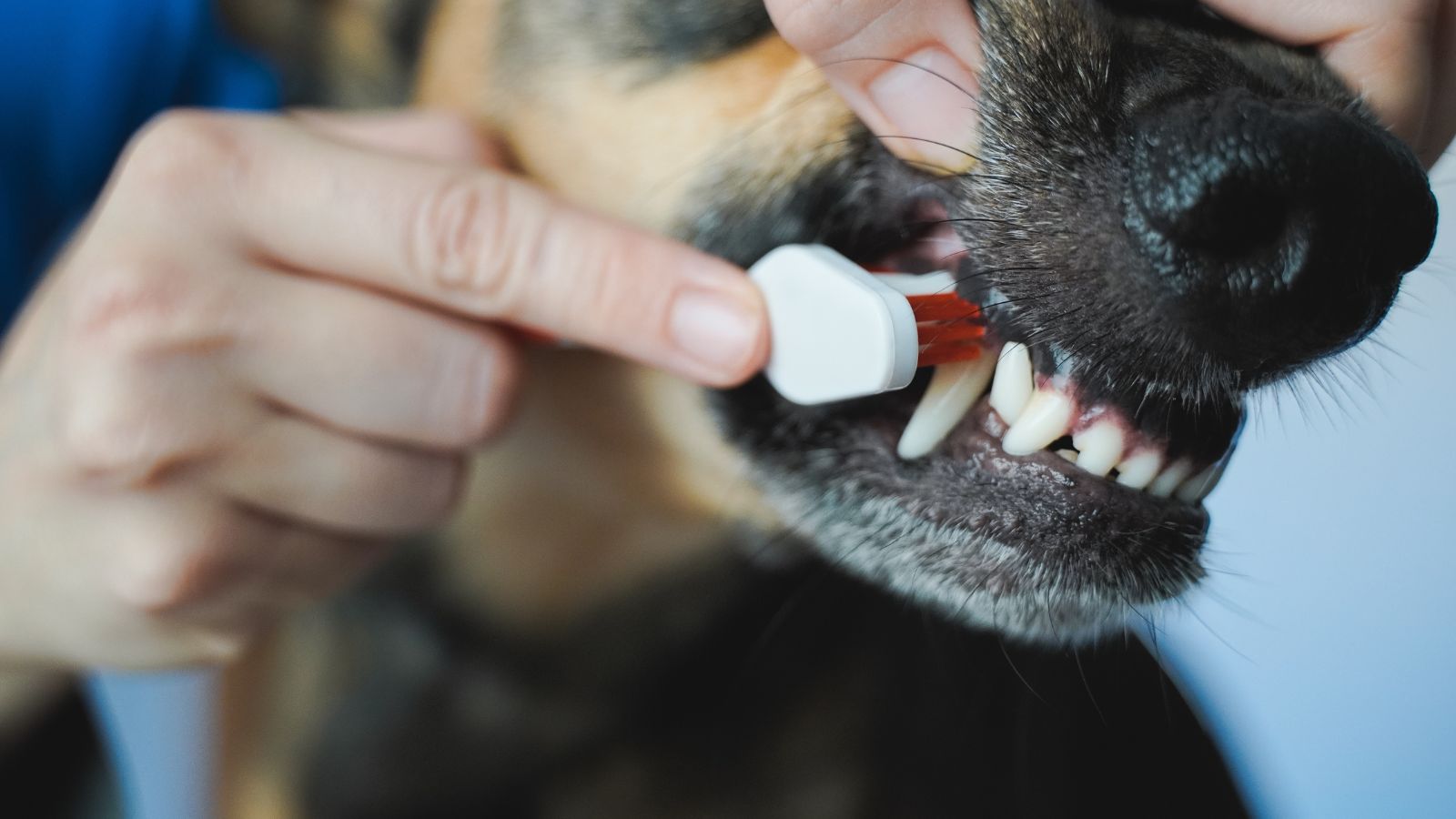
The AKC lets us know that a whopping two-thirds of dog owners neglect their dog’s dental health. You shouldn’t be one of them. When you neglect regular brushing and dental checkups, you put your dog at risk of plaque buildup, gum disease, oral cancer, and even heart disease.
Abandoning Mental Stimulation

A lack of mental stimulation doesn’t just keep your dog bored; it can cause your dog to develop anxiety – barking and destroying items for no reason. Your dog may also exhibit repetitive, hyperactive behavior like running around the house. Stimulation through toys and games is important for your dog’s mental and physical health.
Inconsistent Training

Understand that no matter how intelligent your dog is, using two commands or words to pass the same message will confuse it during training. When you fail to develop a linear routine for your dog, you make it harder for it to learn, and this can be frustrating for both yourself and your dog.
Overfeeding

Like humans, dogs do get overweight, and this is bad for their joints and hearts. But many people either don’t know this or choose to ignore it, giving in to their dog’s begging and failing to monitor their pet’s calorie intake. You should always recognize the importance of a balanced diet and portion control.
Inadequate Crate Training
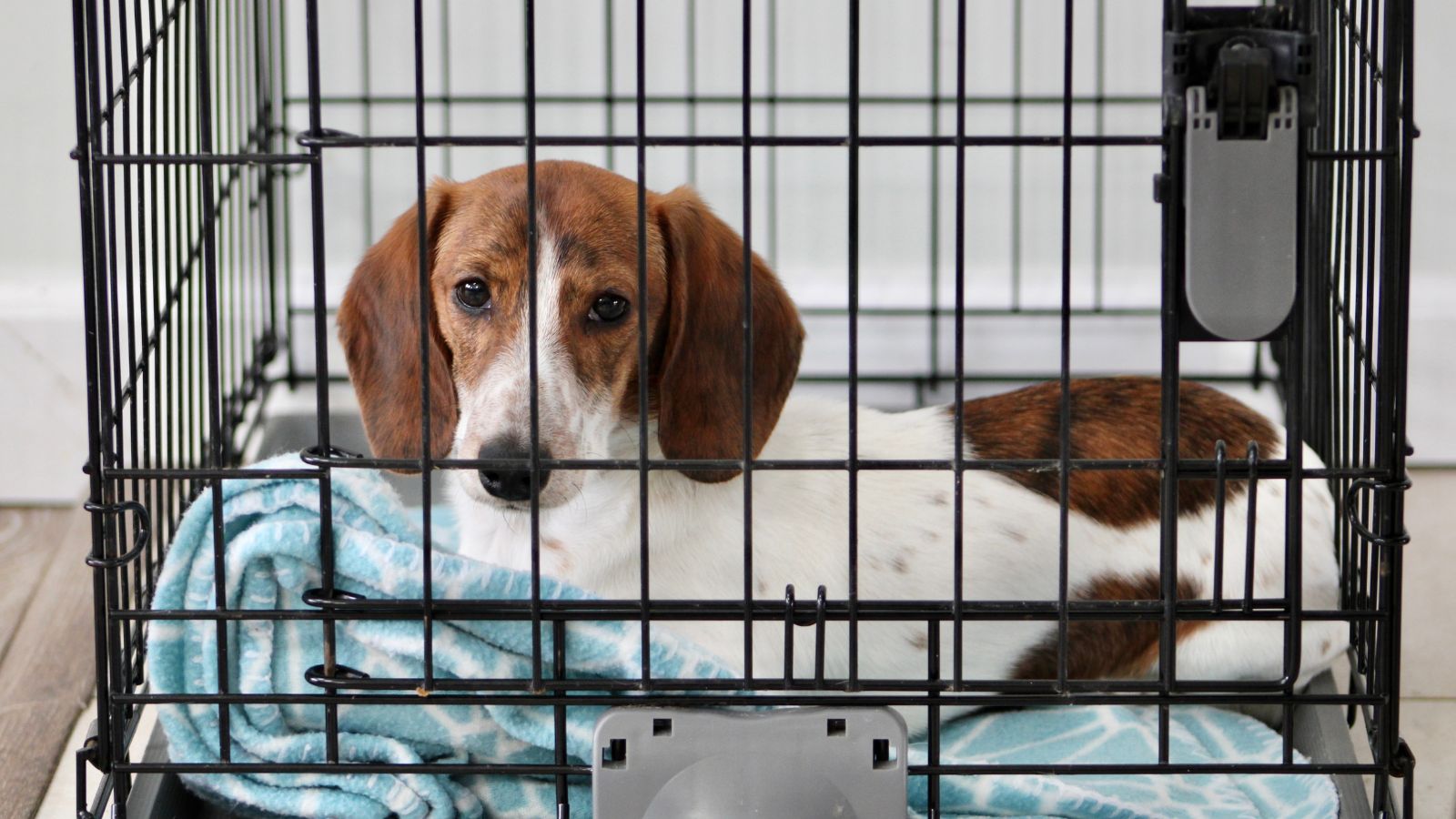
Crate training is supposed to teach your dog to seek a comfortable space when it feels threatened or overwhelmed. However, many people use it to punish the dog for seemingly bad behavior, forcing it to associate the crate with negative experiences rather than safety. People also fail to introduce the crate gradually.
Not Providing Enough Exercise

Exercises don’t just help your dog stay fit; they also help with mental stimulation! A ResearchGate paper shares how adequate physical activities improve self-control and the ability to cope with frustration in dogs, especially if the activity is sports-related. The accumulated energy from ignoring these only leads to destructive behavior.
Ignoring Behavioral Issues

We also see owners spoiling their dogs so much that they ignore excessive barking, chewing, and many other destructive behaviors. They misinterpret these behaviors as normal for canines, failing to see how refusing to get professional help can escalate inherent problems.
Failing to Set Clear Boundaries

Some people also fail to set boundaries for where dogs can go and how they can behave towards other dogs. Even people who do set boundaries fail to make them consistent enough for the dogs to follow. We then see dogs that grow up to have dominance issues.
Skipping Regular Vet Visits

We know how expensive vet visits can be, but you should know that the most crucial time to take dogs to the vet is in their early months. Overlooking routine check-ups causes you to miss out on professional preventive care like vaccines and parasite control, and you also fail to treat any illness at its early stage.
Using Punishment-Based Training
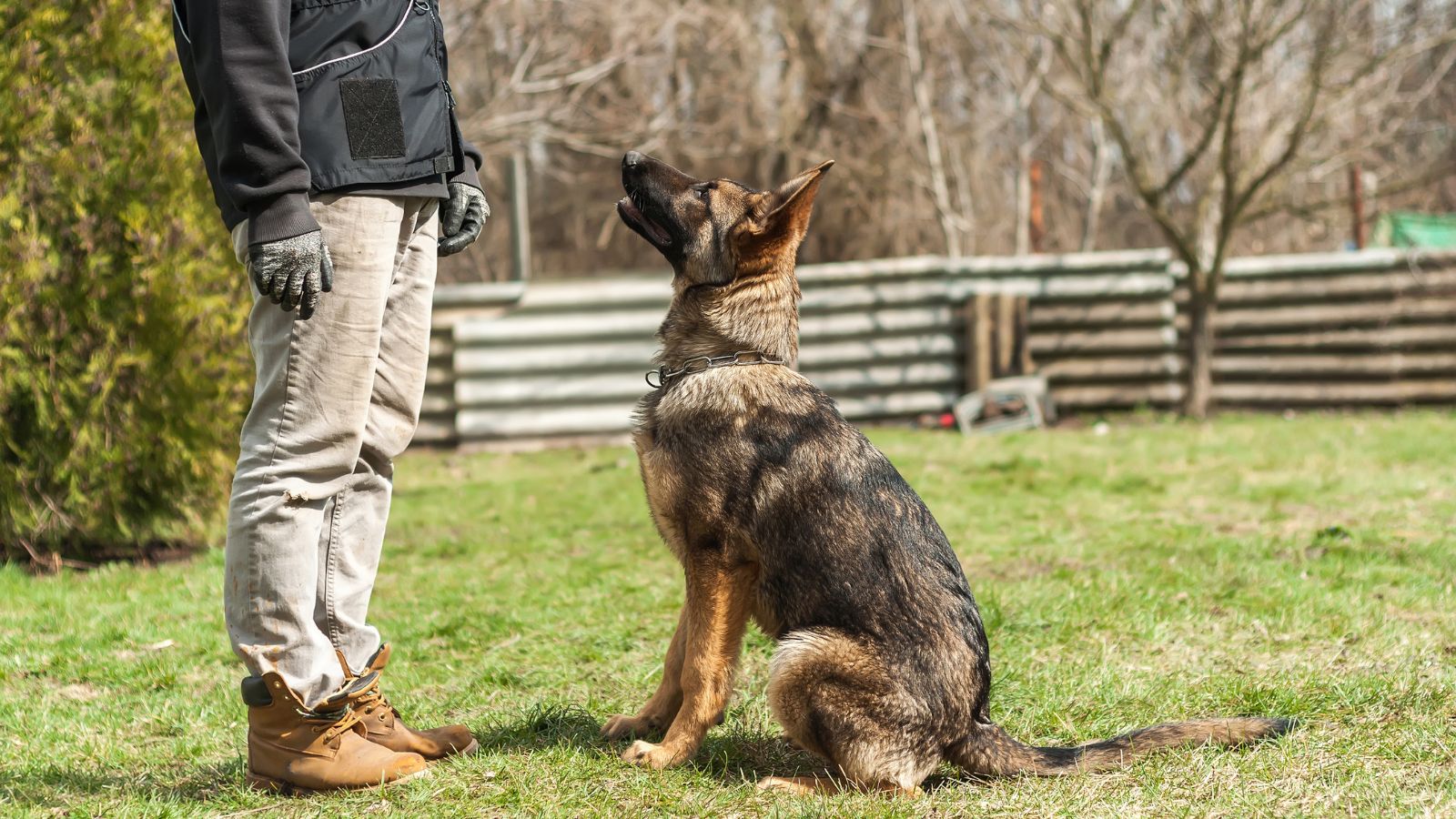
We learn from the BBC that “dogs trained using methods involving punishment may have higher stress levels compared to dogs trained with reward-based methods.” Many people fail to understand that positive reinforcement methods create stronger trust and bonds with dogs without increasing their anxiety around you.
Improper Leash Training
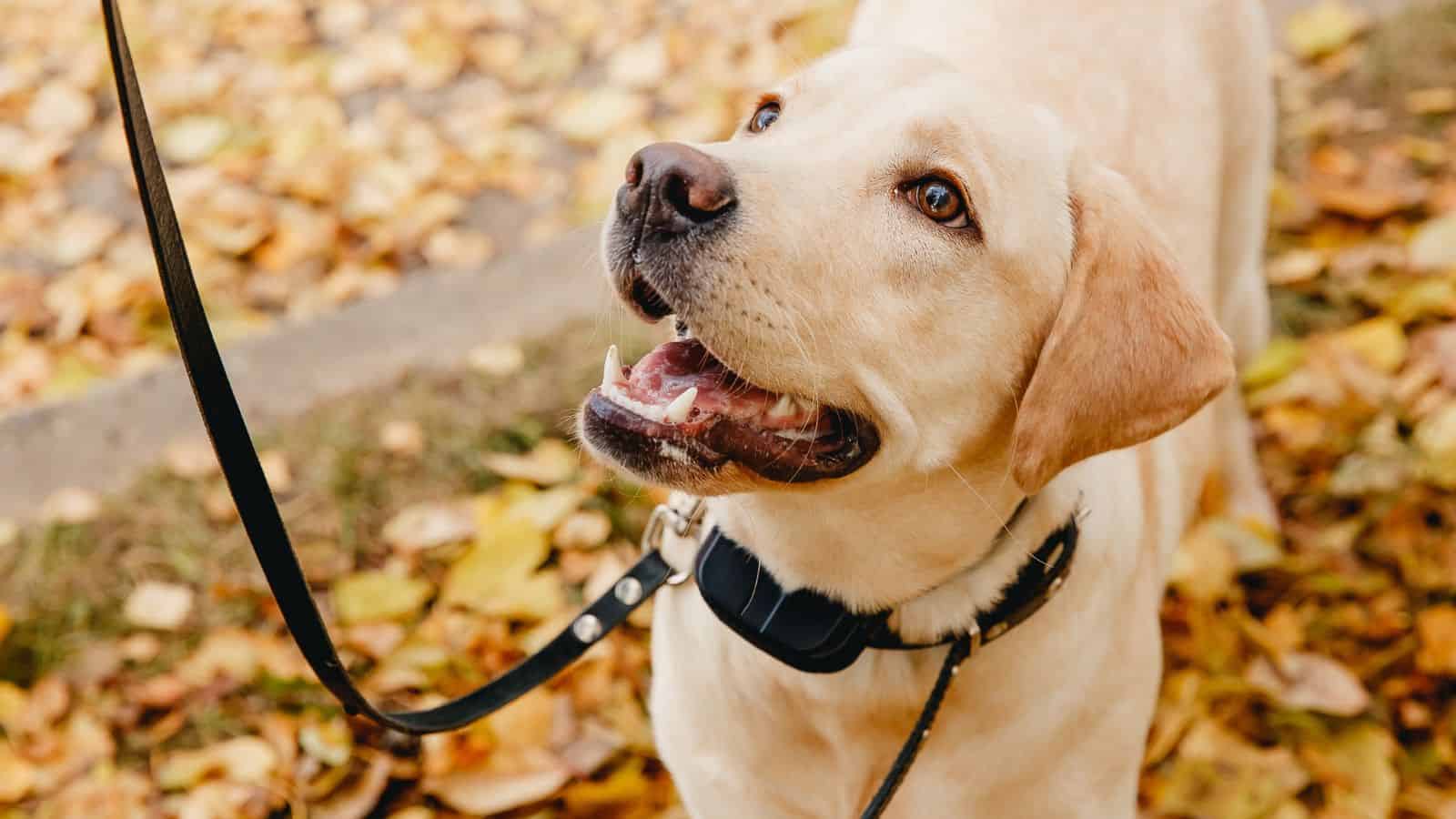
It’s not enough that you put your dog on a leash and walk out with it. You have to also teach the dog how to walk calmly on leashes without pulling or lunging. Rather than using treats to train the dog, many people also resort to harsh corrections, which cause the dog to associate the leash with fear.
Inconsistent Feeding Schedule

By now, you should’ve known that dogs thrive on consistency and predictability, so you understand why inconsistent feeding routines are bad. Irregular schedules only heighten stress, anxiety, and aggression in dogs and may open up chances for overfeeding, which leads to obesity.
Not Supervising Playtime
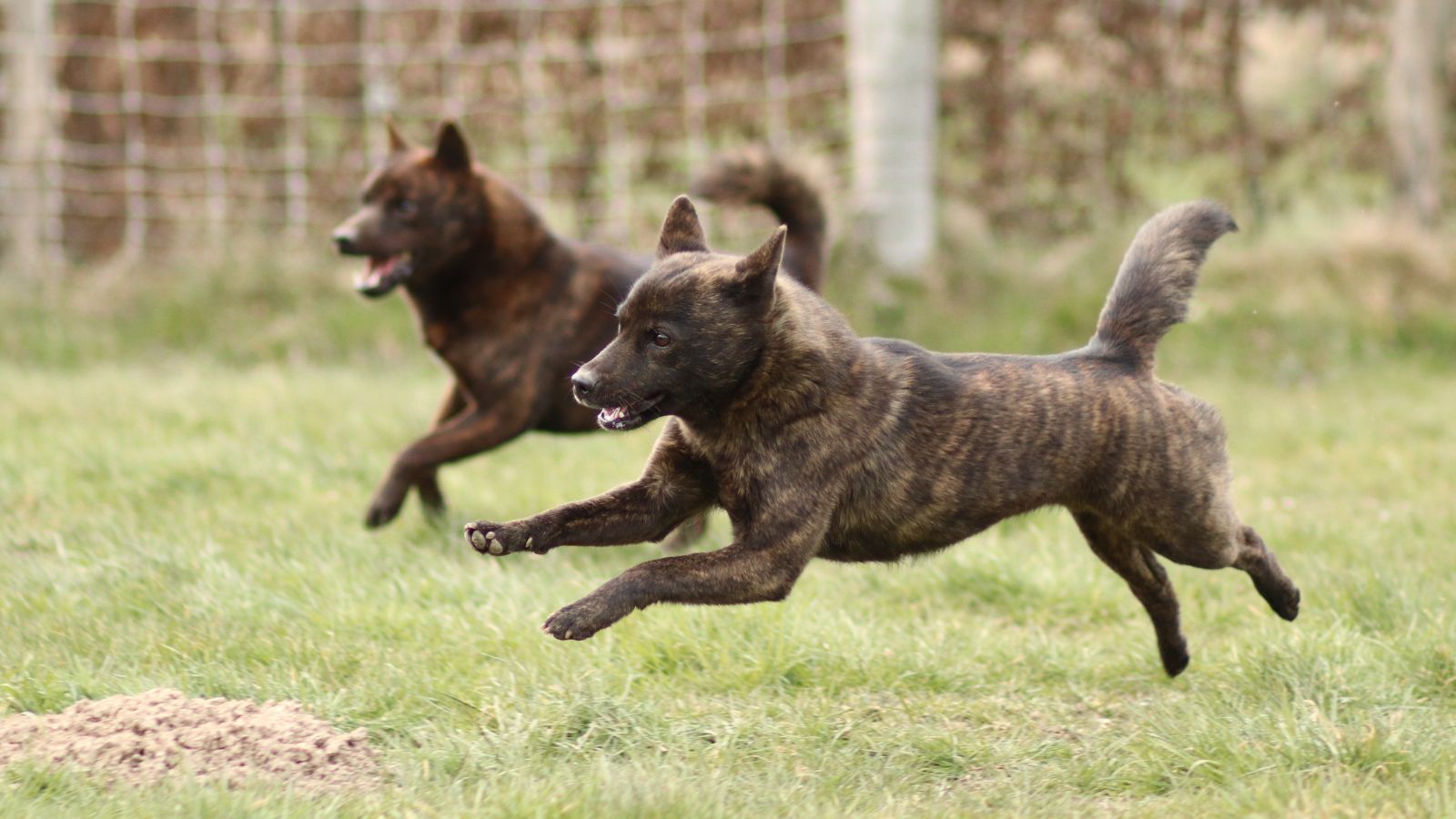
Leaving your dog unsupervised with toys or while it plays outdoors can be detrimental to its safety. Not only do you miss chances for positive training, but you also fail to save it from accidents that may arise. It’s even worse when there are small children or other pets around as well.
Not Knowing Signs of Illness
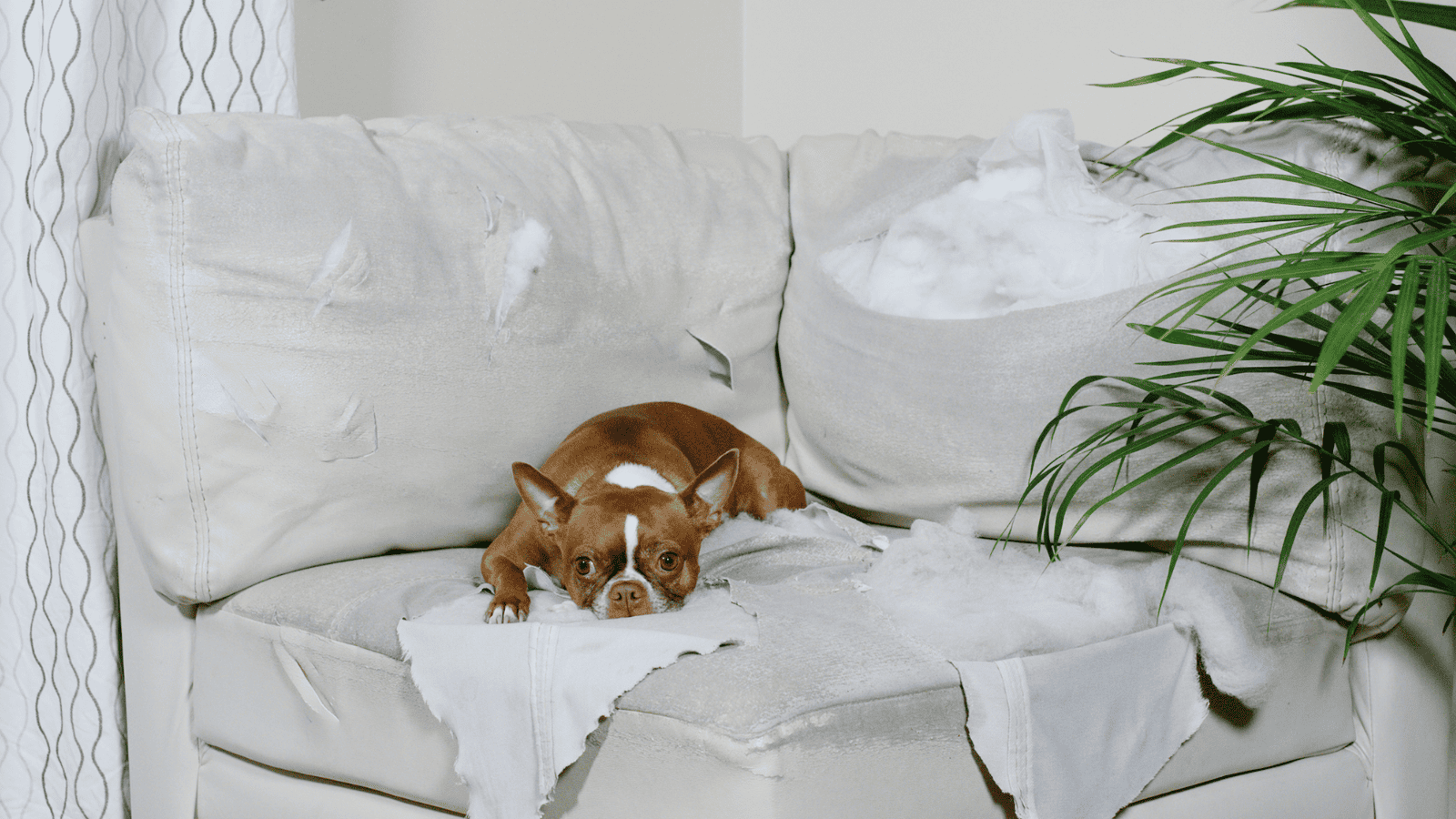
It’s also unfortunate that many people are unable to recognize the early symptoms of illnesses, waiting until there are significant behavioral changes before they act. So that you aren’t guilty of this, take your dog to the vet when it has a runny nose, is sluggish, loses weight, has itchy skin, has bad breath, or drools excessively.
Not Puppy-Proofing the Home

Puppy-proofing your home is all about making the environment safe for times when supervision is impossible, but many people fail here. As CBS shares, what you want to do is keep toxic items like lilies, chocolates, medications, and onions far out of their reach. You should also put baby gates on stairs and avoid making open-flame areas accessible.
Overlooking Grooming Needs

When you don’t groom your dog, you leave it exposed to many uneasy situations. For instance, long, uncut nails will force it to uncomfortably change its walking posture to accommodate them, while long fur can lead to matting and skin infections. Grooming from this early stage will save you future visits to the vet.
Up Next: 19 Signs That Say You’ve Officially Entered Old Age

Old age comes for us all, though we do our best to resist it for as long as possible. But aging isn’t only gray hair, wrinkled skin, and yelling at kids to get off your lawn. Here are 19 signs you’ve realized you’re no longer the young stud you once were!
19 SIGNS THAT SAY YOU’VE OFFICIALLY ENTERED OLD AGE
17 Things That Are Too Woke For Boomers

Our society is so different from what it was decades ago, and boomers don’t like much of what everyone considers normal in today’s society. In this light, here are 17 things about ‘woke culture’ that particularly make boomers uncomfortable.
17 THINGS THAT ARE TOO WOKE FOR BOOMERS
17 Things You’re Just Too Old To Be Doing Anymore

The older you get, the more fragile you are physically and mentally, so it’s important to prioritize your well-being every day. Whether you still feel young at 50 or are closer to 80, we’ve compiled 17 things you’re too old to be doing anymore.

